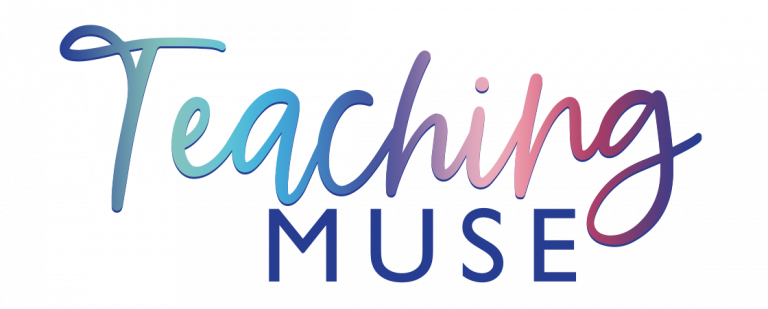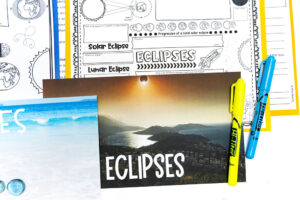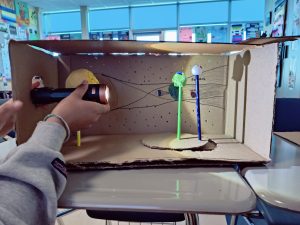
Are you looking for fun, interactive activities to teach your science students about the Big Bang Theory? If so, you’ve come to the right place!
Whether you are teaching in a classroom or online, these 3 activities will help bring the science of the Big Bang Theory alive and make it easy for your students to understand. With engaging visuals and hands-on learning, these lessons promise to captivate young minds and help them develop a lasting understanding of this key scientific concept. So get ready — let’s take an exciting journey back in time!
Big Bang Theory Activities
Watch Videos
The Big Bang Theory is one of the most fascinating concepts in science, and engaging students about this topic can prove challenging for even experienced teachers.
However, using videos to teach the Big Bang Theory can be a fun and effective way to foster an understanding of this complex concept. Videos are engaging and engagingly communicate crucial scientific information in ways that textbooks or lectures often cannot.
By engaging students, they will be more likely to remember the content and spark their interest in science topics. Ultimately, videos are a great way to bring the Big Bang Theory to life for learners of all ages!
Check out the following videos to use with your students when teaching the Big Bang Theory:
- The Big Bang Theory – Stephen Hawking
- The Big Bang Theory for Kids
- Dr Binoc’s Big Bang Theory
- SciShow The Big Bang Theory (starts with explaining how math is used in science and then explains the Big Bang Theory, stars, and Venus’ atmosphere)
Draw a timeline
Creating a timeline of the Big Bang Theory can be engaging and fun. It’s an essential step in understanding the science behind the Big Bang—how it originated, how our universe developed, and how we got to where we are today. By piecing together all the observational evidence, possible theories, and research into one linear timeline, you can gain an engaging overview of this fascinating phenomenon.
Whether you’re a scientist or just a curious mind, building a timeline of the Big Bang is an enjoyable activity that can teach us much about scientific discovery.
To create the timeline, set this lesson up like a one-pager activity.
- Give students a blank piece of paper.
- Display the first image on this webpage for students to reference.
- Students can write out the timeline of events.
- Use the remainder of the class time to research other developments at each stage.
Students can illustrate their findings or simply write them on the page. Then, easily digitize this activity by having students complete the activity on a Google Slide.
Finding Evidence
While scientists are still learning about the solar system, it is difficult to pinpoint exactly how hydrogen first existed and what caused the Big Bang; however, this theory has been accepted worldwide.
Students can research to find evidence to support this theory. Through research, they’ll be able to better understand how the universe formed.
- Some great websites to use to research this topic are:
Help your students understand the solar system’s formation with these three engaging activities.
First, have them watch one or more of the Big Bang Theory-related videos recommended for kids. Next, create a timeline of significant events leading up to and including the Big Bang. Finally, provide opportunities for students to find evidence that supports this scientific theory.
By completing these activities, your students will develop a deeper understanding of how the universe was created and grow their critical thinking skills. For extra support in guiding your students through these activities, check out our Big Bang Evidence Gathering Graphic Organizer.



